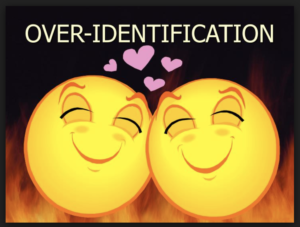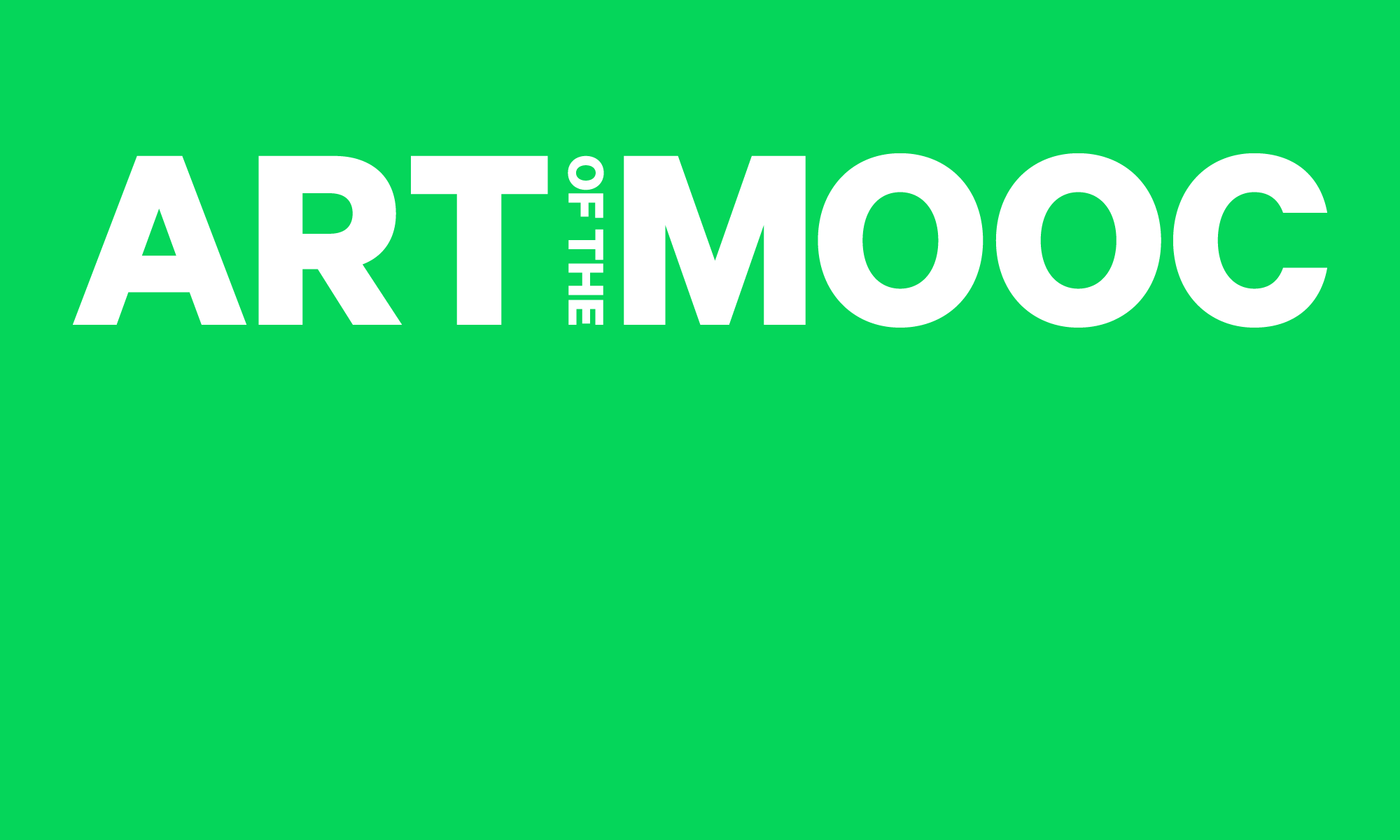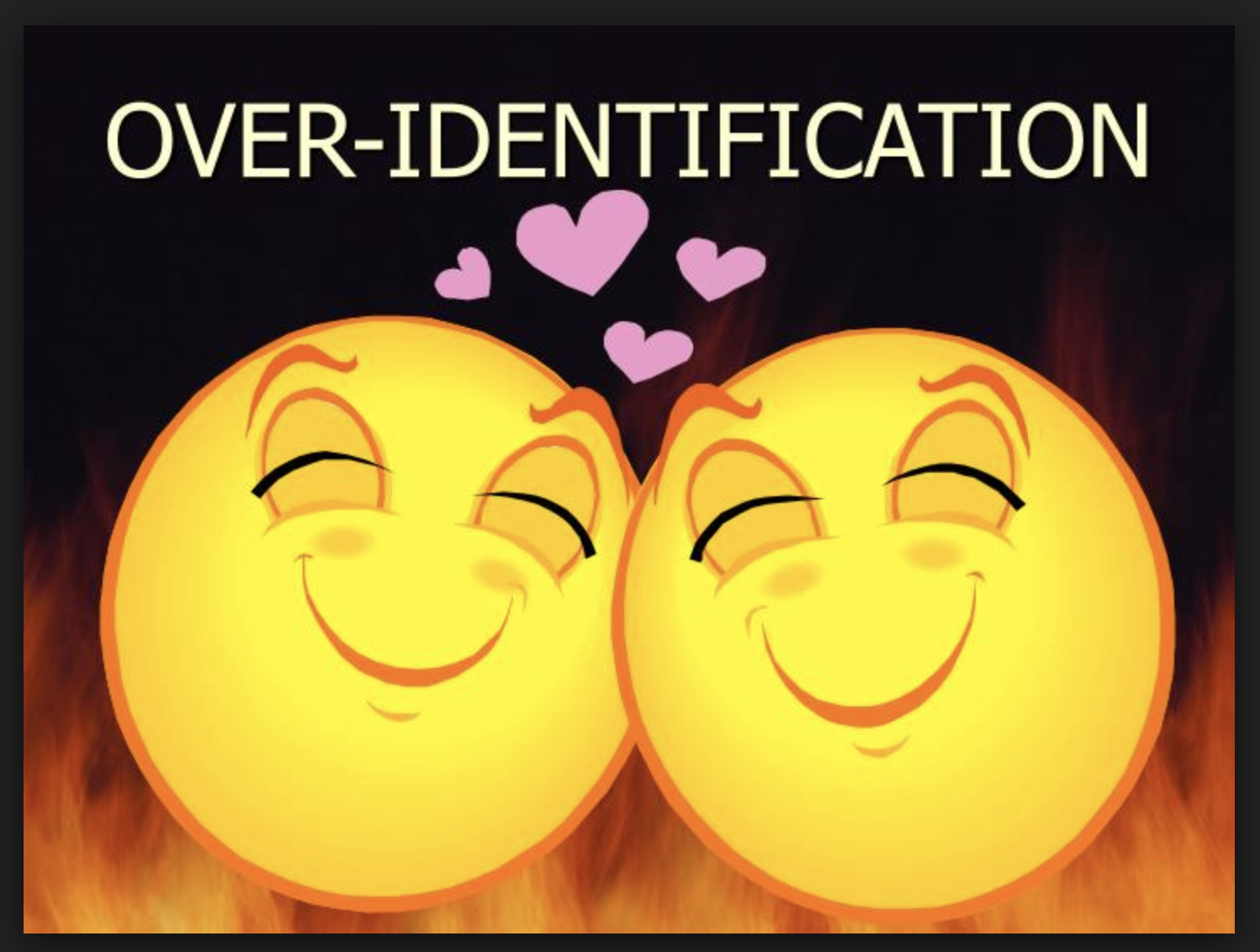 https://www.slideserve.com/tracey/merrill-main-ph-d-clinical-director-dhs-special-treatment-unit-merrill-main-dhs-state-nj
https://www.slideserve.com/tracey/merrill-main-ph-d-clinical-director-dhs-special-treatment-unit-merrill-main-dhs-state-nj
––Summer 2017––
It is hot in the Nyamata youth center room that our team has been assigned. The mission of the trip is to visit genocide memorial sites, listen to testimonies of genocide survivors and donate supplies to the community. We sit in the room waiting for the event to begin. Two speakers step on the stage: a man and a woman that I will refer to as Claude and Marie. As they approach the stage, the room gets quiet, everyone listens intently. Everyone expects to hear a heart-breaking survival story from both of them but something different happens. Claude starts off, “hello, I am Claude and I was part of the Interahamwe(the Hutu group that killed Tutsis in the 1994 genocide)”. A collective fear rose in the room and people cast looks of anger towards Claude, the murderer. In an instant, he started pouring out his soul, detailing the events that happened before the genocide. He talked of a group of men armed with guns and flashy machetes had come to his home and threatened to butcher his whole family before his eyes then kill him as well if he did not join the Interahamwe. He talked of how he vehemently refused to join, then how he was tortured till he conceded. His eyes wandered off in the far distance as he recounted the dreadful days when he was ordered at gun point to butcher and maim innocent families and his own Tutsi friends. He talked of how he had managed to escape the hands of the RPF(the liberation army that stopped the genocide) but still delivered himself to the police because of the guilt that weighed on his conscience. Even after being reinstated back in society, his heart pushed him to try to make up for all the evil that he had caused. He dedicated his life to seeking forgiveness from any of his victims and victims’ families that survived and helping them rebuild their lives in every way he could. Each word from his testimony carried grief and a deep sense of regret. The whole room had inexplicably softened towards him. No one seemed bothered by the fact that a man who had murdered as many people was granted freedom and surely no one questioned the legitimacy of his story in that moment. There was something about the way he talked that drew everyone in. At the end of his testimony, the tone had changed from “that man killed a lot of innocent people” to “He had no other choice. Wouldn’t you have done the same thing to protect yourself and your family?”. That day, Marie gave her testimony as well and the room was moved, but the story that stuck with everyone was Claude’s.
––
One of the concepts mentioned in the public art&pedagogy videos, lecture 2 was overidentification. Looking back at the idea of “mirroring evil” brought about by Pedro Lasch shockingly brings back the memory of the summer of the year 2017. The lens through which Claude’s story was judged changes completely. The feelings of understanding in the room were not a novel concept, it was simply overidentification at its finest. He had started talking as a feared ex-interahamwe and when he was done, he was merely but a victim of a dysfunctional political system. Such skillful storytelling/communication is probably the strongest art form that exists! Speakers like him have the potential to make the world believe in anything they want. In fact, they do it so well that they can get their audience to embody their philosophy and ideals…Through this, the audience identifies with them. Such unconscious overidentification is problematic because it robs the public of its own will, calls for complacency where there should be but very little, clouds judgement and at its very best, gets one to repeat the mistakes/habits of the speaker. Claude himself bitterly told us that one of the reasons why there were many ordinary Hutus joining the interahamwe was the massive propaganda on their radios and their streets. Talented speakers spreading messages of hatred, fueling anger and systematically programing them to identify with the vengeful murderous ideologies of the interahamwe rulers. The Tutsi genocide if anything does prove that overidentification is not an abstract idea–it is real and its consequences can be horrific.
Surely, there probably exists a lot of good that comes from social actions that use overidentification as a medium to expose the evils of corrupt leadership structures. Still, even this good proves to what point the human mind is succeptible to change and influence. Overidentification as well as the ability to push people to overidentify with one’s personality are truly terrifyingly powerful art forms. They should be highly regulated to make sure that such power does not lie in the hands of evil…if not, then God help us all.

